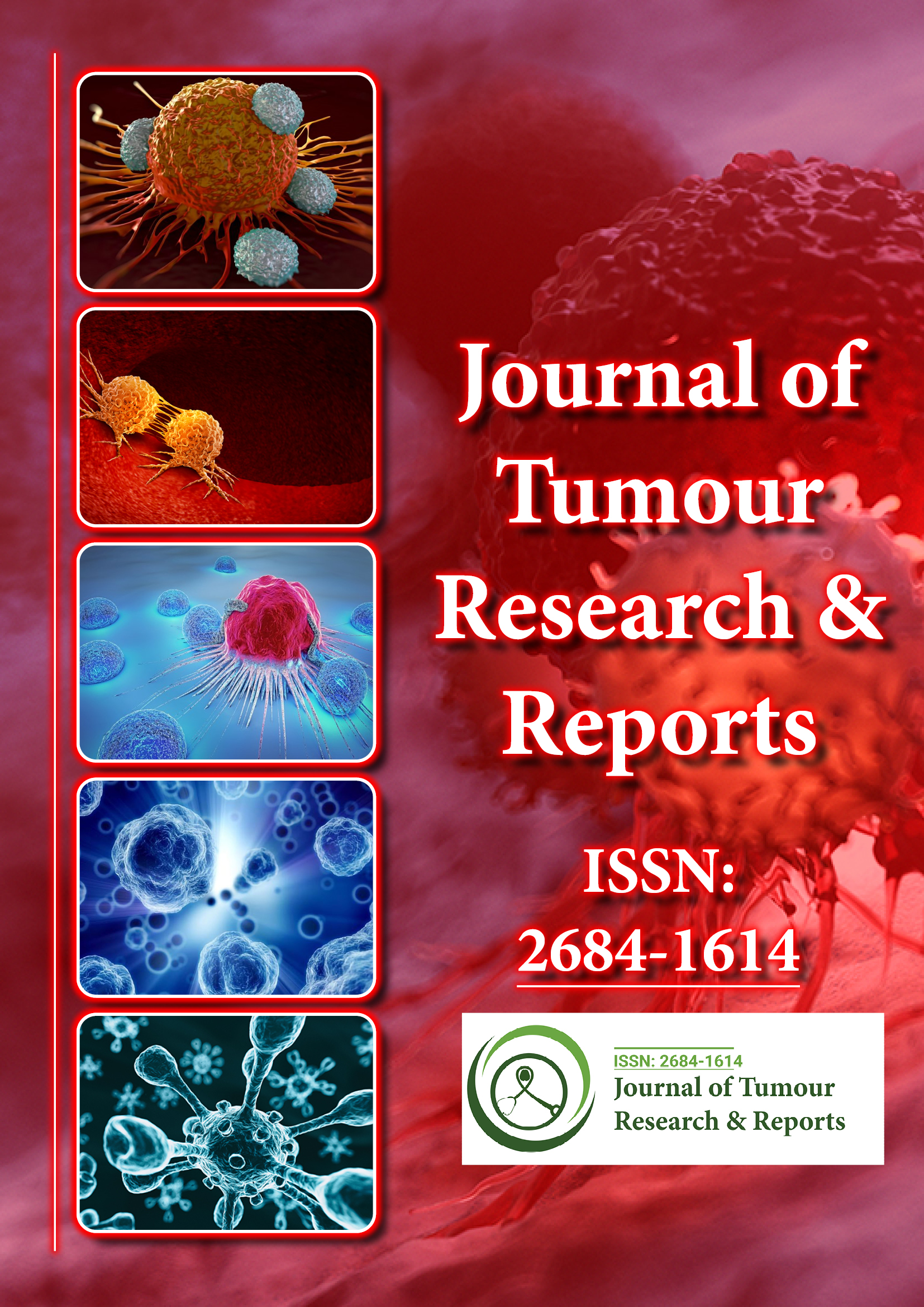indexado en
- Búsqueda de referencia
- Universidad Hamdard
- EBSCO AZ
- Google Académico
Enlaces útiles
Comparte esta página
Folleto de diario

Revistas de acceso abierto
- Administración de Empresas
- Agricultura y Acuicultura
- Alimentación y Nutrición
- Bioinformática y Biología de Sistemas
- Bioquímica
- Ciencia de los Materiales
- Ciencia general
- Ciencias Ambientales
- Ciencias Clínicas
- Ciencias farmacéuticas
- Ciencias Médicas
- Ciencias Veterinarias
- Enfermería y Cuidado de la Salud
- Genética y Biología Molecular
- Ingeniería
- Inmunología y Microbiología
- Neurociencia y Psicología
- Química
Abstracto
Low Rate of Subsequent Whole Brain Radiotherapy Following a Policy of Local Therapy with MRI Surveillance for Central Nervous System Oligometastases
Georgia Harris, Raymond Cook, Charles Teo, Dasantha Jayamanne, Lesley Guo and Michael Back
Background: Palliative Whole Brain Radiotherapy (WBRT) for cerebral metastases has potential morbidity and in large randomized studies has not shown a clear survival benefit. This study audits the outcome of patients with cerebral oligometastatic disease (which we defined as 1-4 lesions on MRI) who were managed with an active policy avoiding WBRT utilising local therapies and MRI surveillance.
Methods: A clinical audit was performed of 31 patients with cerebral oligometastases referred for radiation therapy at the Northern Sydney Cancer Centre between July 2009 and December 2012. Patients were offered management with a programme of local therapy (neurosurgery, stereotactic radiosurgery or intensity modulated radiotherapy, or combined modality therapy) followed by protocol based MRI surveillance. Systemic therapy was delivered as indicated for extra-cranial disease. Data on patient, tumour and treatment factors was collected using a prospective database.
Results: Median follow-up for surviving patients is 23 months. Compliance with MRI surveillance was good (87%). 21 patients had CNS progression, of which 12 were detected by MRI surveillance without symptoms. Median CNS progression free survival was 11 months (95% CI: 4.9 - 17.1 months). Only 5 patients (16%) received WBRT at relapse. 16 patients died during follow-up with a median survival of 20 months (95% CI: 10.6 – 29.4 months), with cause of death attributable to CNS disease in 6 patients.
Conclusion: WBRT Avoidance with MRI surveillance is an acceptable management policy after local therapy for patients diagnosed with cerebral oligometastases. In our study, the rate of CNS progression was acceptable, it was not associated with increased mortality due to uncontrolled CNS disease and WBRT was avoided in the majority of these patients.